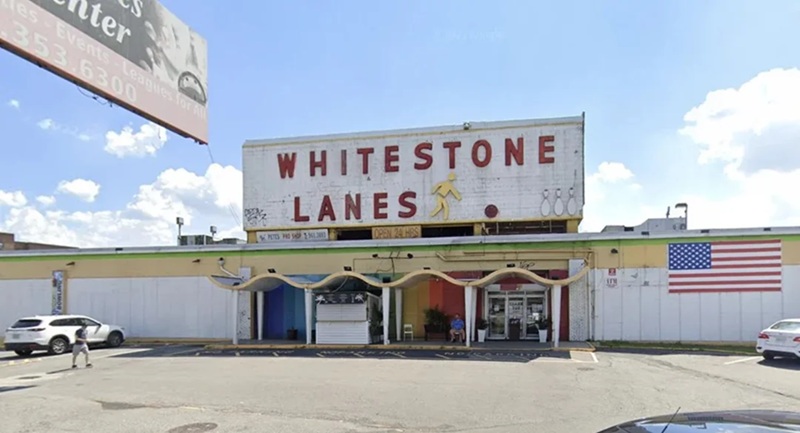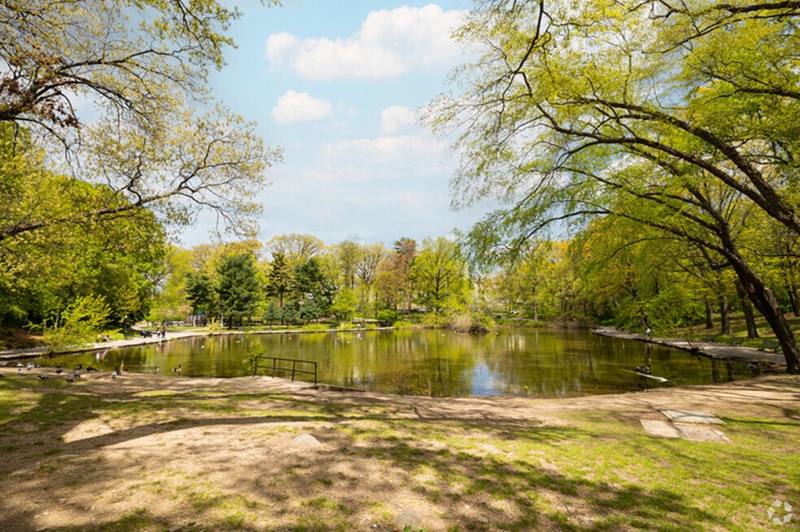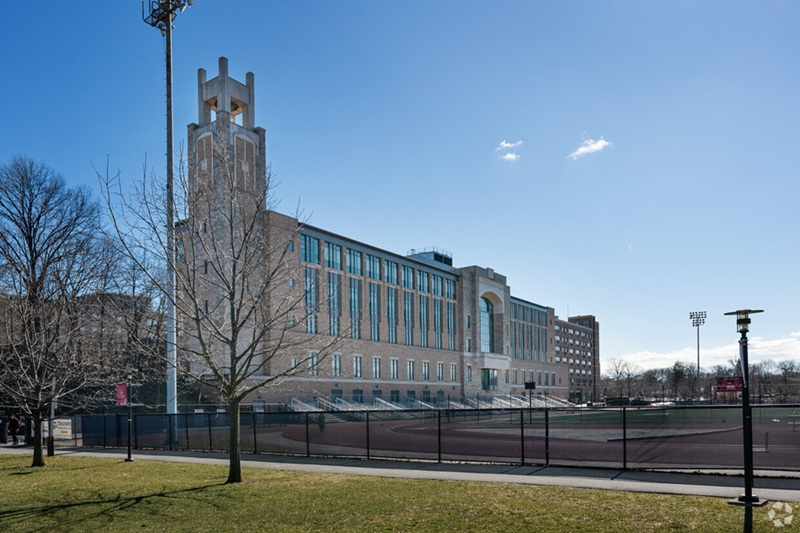
Whitestone, located in the northeastern section of Queens, New York, is a residential neighborhood known for its scenic views, suburban charm, and close-knit community. With its tranquil atmosphere, historic homes, and proximity to the water, Whitestone has become one of the most desirable areas to live in Queens, offering residents a peaceful lifestyle just a short commute from the heart of New York City.
Though it may not always be in the spotlight compared to more famous neighborhoods in Queens, Whitestone offers an appealing combination of natural beauty, rich history, and strong community spirit. Whether you are a prospective homebuyer, an investor, or just curious about the area, this article will explore Whitestone’s history, housing market, transportation options, and overall appeal as one of Queens’ best-kept secrets.
Overview of Whitestone
Whitestone is a predominantly residential neighborhood located along the eastern waterfront of the East River, offering panoramic views of Long Island Sound and the Throgs Neck Bridge, which connects Queens to the Bronx. This neighborhood is bordered by Flushing Bay to the west, Bay Terrace and Beechhurst to the north, and the Bronx to the east. Its scenic location and proximity to water have earned Whitestone the reputation as one of the most picturesque neighborhoods in Queens.
The neighborhood features a mix of single-family homes, private houses, and some multi-family apartment buildings. Known for its wide streets, spacious homes, and residential parks, Whitestone embodies a suburban, family-friendly atmosphere that makes it appealing to those seeking a more peaceful alternative to the hustle and bustle of Manhattan.
Historical Background
Whitestone’s history dates back to the early 19th century, when the area was first settled by European immigrants. Originally part of the town of Flushing, Whitestone remained a quiet, rural enclave for much of the 19th century. It was named after a stone quarry (white stone) that was found along the banks of the East River. The stone was used in the construction of several notable buildings, including the New York City Hall.
With the development of the Whitestone Bridge in 1939, the neighborhood began to see more urbanization as transportation improvements made the area more accessible. The bridge, which spans the East River, opened up the area to commuters from the Bronx and surrounding regions, contributing to the growth of residential neighborhoods like Whitestone. Over the years, Whitestone evolved from a quiet rural area to a suburban community with a mixture of working-class and middle-class residents.
Cultural Diversity and Community Spirit
While Whitestone is primarily a residential area, it is known for its warm, diverse community. Over the years, Whitestone has attracted a mix of ethnicities, including Italian, Greek, Irish, and Asian immigrants. The neighborhood retains a small-town charm where residents often greet each other on the street, and the sense of community is strong. Whitestone is known for its local businesses, including family-run restaurants, markets, and shops that reflect the multicultural makeup of the area.
The neighborhood is home to several churches, synagogues, and community centers that serve as gathering places for residents. These institutions play an important role in fostering social connections and community engagement. Local organizations and events such as festivals, farmers’ markets, and holiday parades help bring residents together, giving Whitestone a small-community feel despite its location within a major urban center.
Housing and Real Estate Market
The real estate market in Whitestone is considered one of the more desirable in Queens. The area is known for its spacious single-family homes, often with large yards and private driveways. Many of the homes in Whitestone are detached or semi-detached, offering residents privacy and comfort in a suburban-like environment. The neighborhood’s architecture includes a mix of older homes from the early 20th century, as well as newer constructions that blend seamlessly with the historic houses.
Whitestone has seen steady demand for homes, particularly because of its proximity to the water and its reputation as a safe and family-friendly area. Compared to other neighborhoods in Queens, the real estate market in Whitestone is relatively more expensive, particularly for those seeking waterfront properties or homes with expansive lots. However, the neighborhood still offers more affordable housing options than neighborhoods like Forest Hills or Astoria, making it an attractive choice for families and professionals looking for more space outside of Manhattan.
In addition to single-family homes, there are also a variety of apartment buildings and co-op units available, providing more affordable housing options for those looking to rent. These apartments are typically located near major roads and public transportation, offering residents convenience while still being part of the peaceful suburban atmosphere of Whitestone.
Transportation and Accessibility
Despite its suburban feel, Whitestone is well-connected to other parts of New York City, offering easy access to both public transportation and major highways. The Whitestone Bridge, which connects Queens to the Bronx, is a key transportation route, allowing drivers easy access to the Bronx and beyond. The bridge also connects to the Cross Bronx Expressway, which provides quick routes to Manhattan and other parts of the city.
For public transportation, Whitestone is served by several Q bus lines that connect the neighborhood to Flushing, Jamaica, and other major Queens neighborhoods. However, the subway does not run directly into Whitestone, which can make commuting more challenging for those who rely on public transit. Residents can take the Q44 or Q50 bus to the Flushing-Main Street subway station, where they can catch the 7 train, which connects to Manhattan in under 30 minutes.
Though more car-dependent than some other Queens neighborhoods, Whitestone’s transportation network still provides good access to Manhattan, the Bronx, and other parts of the borough.
Parks and Recreation
One of Whitestone’s standout features is its access to parks and recreational spaces, which provide opportunities for outdoor activities and relaxation. The neighborhood’s proximity to the East River offers scenic waterfront views, with several parks located along the river’s edge.
Clarke’s Beach, located in nearby Malba, provides access to a small, peaceful waterfront area ideal for relaxing by the water. While not a traditional public beach, this small spot offers residents a quiet escape from the city.
Powell’s Cove Park, located along the water, is another local gem. It offers a scenic walking path, playgrounds, and green space perfect for picnics and family gatherings. The park also boasts beautiful views of the Throgs Neck Bridge, making it a favorite spot for both locals and visitors.
In addition to these waterfront parks, Francis Lewis Park and Whitestone Park offer recreational opportunities like sports fields, playgrounds, and walking paths. These parks help ensure that residents have access to ample outdoor space, making it easier for families to enjoy quality time together.
Challenges and Future Outlook
As with many suburban-style neighborhoods in New York City, Whitestone faces challenges related to rising real estate prices and the potential for gentrification. While the neighborhood remains more affordable compared to Manhattan, it is becoming increasingly attractive to developers and potential buyers looking for more space in a peaceful setting. This has led to rising property values in recent years, and some worry that long-time residents may be displaced as the area becomes more desirable.
Despite these challenges, the overall outlook for Whitestone remains positive. The neighborhood’s scenic views, peaceful atmosphere, and strong sense of community continue to make it one of Queens’ most sought-after areas. With its close proximity to major transportation routes and its reputation for being family-friendly, Whitestone is likely to continue growing in popularity, while maintaining its unique suburban character.
Conclusion
Whitestone, Queens, offers the perfect blend of suburban tranquility and easy access to the vibrant energy of New York City. Its beautiful waterfront views, historic homes, and welcoming community make it an ideal neighborhood for those seeking a quieter pace of life while remaining connected to the city. With its rich history, green spaces, and transportation links, Whitestone is poised to remain one of the most desirable areas in Queens for years to come. Whether you’re a young family, a professional, or someone looking for a peaceful place to call home, Whitestone stands out as one of New York City’s most charming and picturesque residential neighborhoods.

